Keep Up to Date with MDG
MDG News and Updates
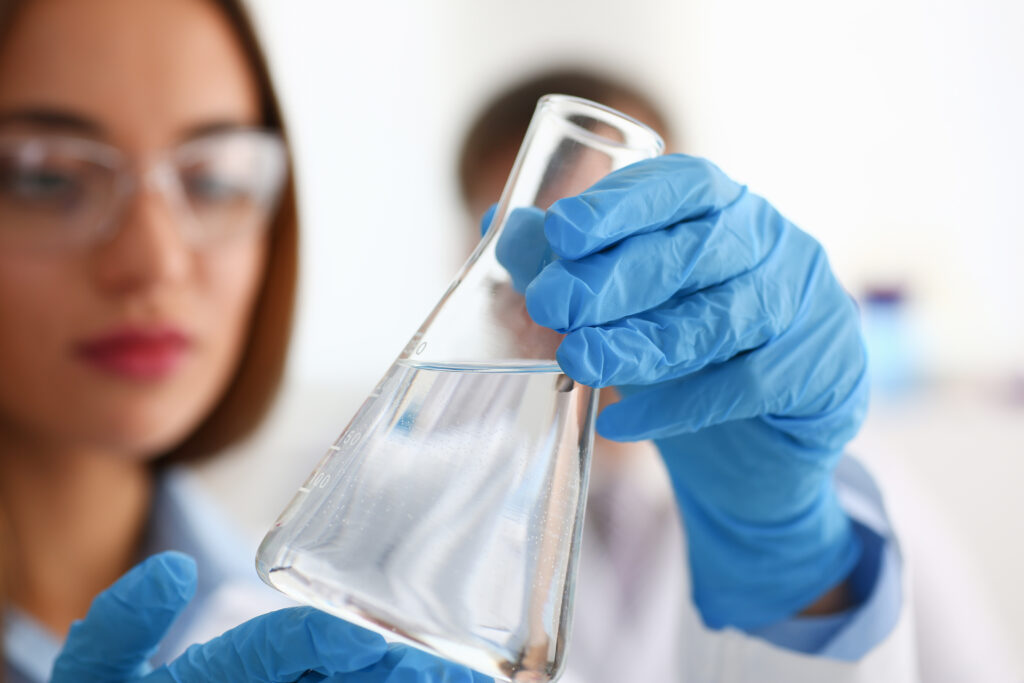
Are you over-preserving?
Many of us know what happens when you mistakenly under-preserve a biological product: the bottles start to bulge or suck-in (the latter can also be caused by fragrance issues), fungal growth starts to appear or it starts to have an unpleasant odor. But do you know what signs to look for if your product is over-preserved? There is usually one noticeable sign of an over-preserved product: the customers who were consistently using your product haven’t placed an order in a while. Understanding Preservatives The preservation system in your biological product is a double-edged sword. If you under-preserve, you get the problems mentioned above. But if you over-preserve, your product won’t work, or it will have a significant delayed reaction. This can lead some of your repeat customers to think that the product no longer works. Over-preservation occurs when too high of a concentration of preservatives is present in a product. The preservatives are meant to be diluted to a predetermined point as indicated by the number in front of the X on the label (i.e. a 10X product would be 1 part product, 9 parts water). Diluting to the proper point allows the product to activate and begin working. If over-preserved, the […]

A Closer Look at X
X marks the spot…of some purchasing confusion. A common misconception when comparing the pricing of three different 10X concentrate products is that the “X” in the product name represents the microbial concentration. The X actually represents the level of preservation – i.e. the level of dilution required to make a 1X product. To ensure you choose the optimal product for your business and compare “apples to apples”, read on to learn more about the meaning of X as well as the other variables to consider when comparing options. X is for Preservation The X-value on a product label indicates the level of preservation of a product. There are other ingredients that are considered when determining the X-value such as microbes (as indicated by CFU/ml), surfactants and fragrance, but the preservative concentration is the main factor. It’s imperative to know the preservation level because it illustrates the proper dilution rate to make a 1X shelf stable product – also referred to as a Ready-to-Use (RTU) product. For example, a 10X product needs to be diluted 1-part product to 9-parts water while a 37X product requires 1-part product to 36 parts water. Proper dilution allows the 1X or RTU product to have […]
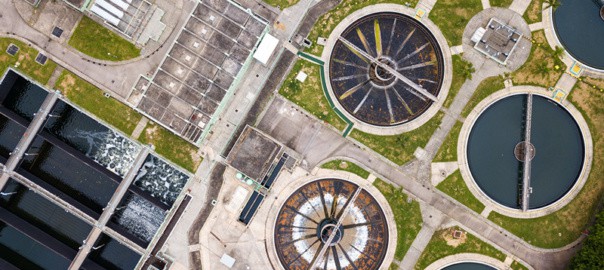
Bacillus Resilience to Oxidizers
For many of us, our day-to-day lives have changed quite a bit since the start of the coronavirus pandemic. We learned how to work from home, physically distance, use Zoom, cook homemade meals and use lots and lots of sanitizers and disinfectants. With the increased usage of these powerful cleaning supplies and washing them down drains, wastewater facilities are challenged with keeping their system’s natural ecology in balance. In our first article of this series, we explored how this is not a new problem. Many wastewater ecosystems face daily attacks on their microflora due to routine industrial activities. The solution for resolving these toxic upsets? For a growing number of facilities, it’s bioaugmentation, a wastewater treatment that augments a system’s natural ecology to help combat disruptions from harsh chemicals. Four Reasons Why Bacillus are So Effective The primary ingredient in bioaugmentation products is a type of bacteria from the genus Bacillus. It’s very effective at restoring wastewater back to its original state after being contaminated with oxidizers like bleach, hydrogen peroxide and peracetic acid because of four main characteristics: Bacillus produce hardy spores. Like seeds of a plant, Bacillus spores are tough. They can survive in low to moderate levels of oxidizers and will endure if some of […]
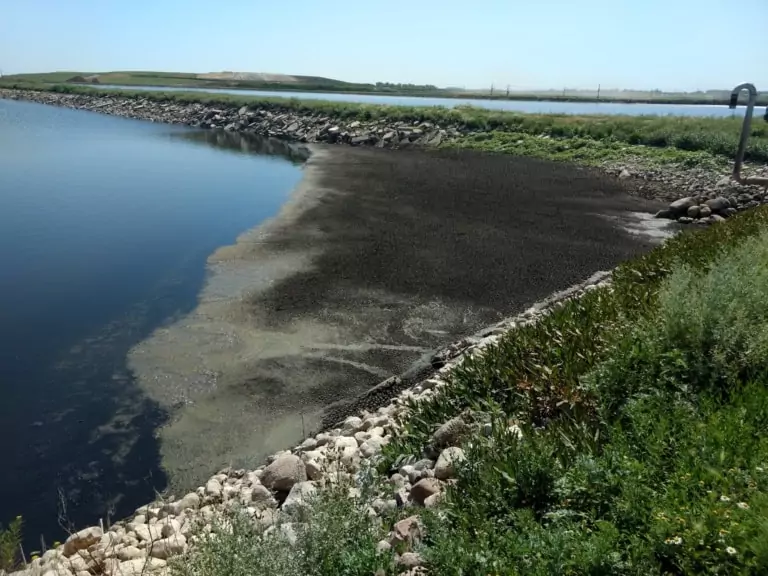
Treating Lagoons with Bioaugmentation
Wastewater Lagoons can be found just about everywhere, in different climates and countries across the globe. They’re used in wastewater treatment for a variety of different industries and while this means there are some differences in application, we’ve found that they often fall victim to many of the same challenges. Here’s how bioaugmentation and our Biotifx® products like Biotifx® 40B work to combat some of these common issues. Bioaugmentation Works on SLUDGE Challenge: Within lagoons, influent solids and biological growth and decay accumulate, forming sludge. This accumulation adds up over time and needs to be physically removed to avoid under performance. This removal process is incredibly expensive. Solution: Biotifx® 40B biologically removes sludge by increasing the digestion of organic sludge content. Bioaugmentation Reduces Fats, Oils, and Grease (FOG) Challenge: Lagoons can easily accumulate extensive amounts of FOG that can be seen floating on the surface. This buildup causes: Limited aeration ability H₂S and odor production Loss of treatment capacity Limited evaporation High removal and disposal costs Solution: Biotifx® 40B combats these challenges by using FOG as a food source, while growing and creating more bacterial workers in the process. Bioaugmentation Combats Hydrogen Sulfide (H₂S) CHALLENGE: Lagoons that have the following create a recipe for the […]
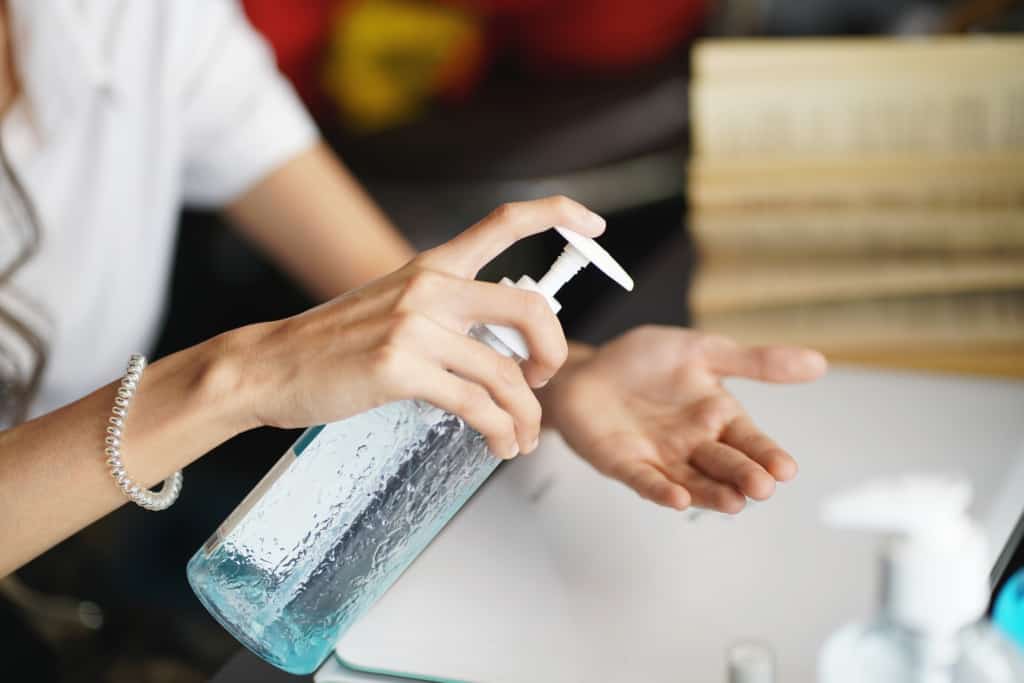
Pandemic Recovery and Beyond
If you’ve tried to buy any hand sanitizer lately, you’ll know how difficult it is to find, let alone at a normal price! While the increased usage of sanitizers and disinfectants may be helping to protect us against the spread of germs, it has had a negative effect on the microflora balance in wastewater treatment lagoons. It’s also inspired some companies to market their bioaugmentation products as new solutions to this problem when the early users of bioaugmentation have been overcoming chemical upsets in wastewater and bioremediation for over 50 years. Wastewater facilities face daily attacks on their microflora balance, not just from the increased usage of personal sanitizers, but also from routine activities like: Chemical sanitizers/disinfectants being washed down drains from processing facilities Changes in organic loading due to temporary shutdowns or product changeovers Acceptance of large loads of septic waste High levels of rainfall Even lesser known is the fact that a facility recovering from an imbalance or “toxic upset” is more susceptible to additional upsets due to the delicate nature of the wastewater microflora. The use of bioaugmentation products not only resolves toxic upsets, but also makes wastewater systems more resilient. Over the next few weeks, we’ll […]
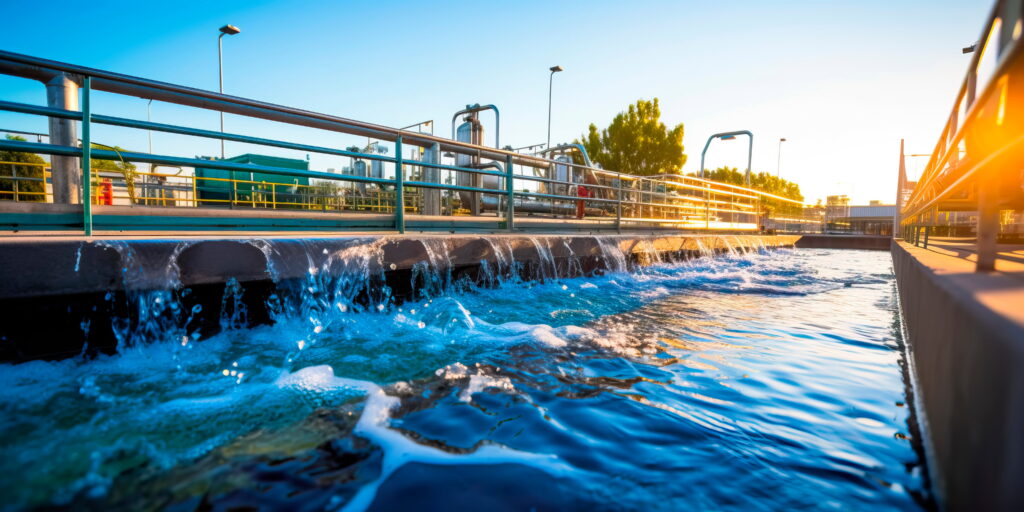
Bioaugmentation 101
What is bioaugmentation? The word “bioaugmentation” can be broken down into two parts: -bio and -augmentation. Together, they describe the process of adding helpful, pre-selected bacterial strains that were isolated from a specific environment (biology) to enhance (augment) an existing microbial community. Why are bioaugmentation products used? Just like you and I, not every species and strain of bacteria are good at everything. We all have a unique set of talents and abilities. Bioaugmentation products are used when you want to improve an aspect of an environment biologically (i.e., eliminate foul bathroom odor, digest complex hydrocarbons in soil, reduce wastewater sludge). And while the existing community of bacteria are good at certain things, when we introduce specific strains that are better than others, we can make the entire population more efficient. For example, in wastewater treatment, while the existing community may be good at breaking down specific substrates, the addition of Bacillus has been shown to significantly reduce fats, oils, and grease (FOG), sludge, odors, COD/BOD, suspended solids, the chance for system upsets, and more. How do the bacteria within bioaugmentation products work with the existing microbial community? It is vital to note that rather than taking over the system, […]
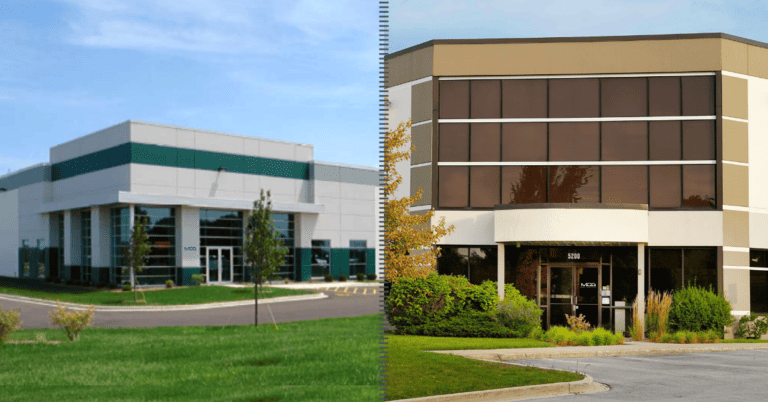
Plans for Expanded Operations
MDG provides critical infrastructure products for the animal feed, human consumption, wastewater, and biotech sectors, and demand for supply continues to push MDG’s previous plans for expansion. Further, as supply channels from overseas competitors have become weakened or shut down completely, new inquiries come in each day to the US-based company. Finally, certifications for food manufacturing for cultures used to make probiotics has been a catalyst for recent growth. Additional centrifugation equipment arrived the second week in April 2020, and MDG continues to build a third freeze dryer for the Franklin, WI facility. Meanwhile, MDG is finalizing plans to build a spray dryer at the Oak Creek, WI facility, having just received conditional approvals from the city. This growth is requiring MDG to recruit not only additional staff but also complete plans to expand from the current 40,000 sq. ft facility to ultimately double production, blending packaging, and warehousing space. Much of the fermentation culture drying capacity is required to maintain pace with the recent addition of two fermentors, which increased fermentation capacity 5-fold. Once the dryers are in place, this opens the door to adding a 4th fermentor in the Franklin facility. To make space for the new fermentor, […]
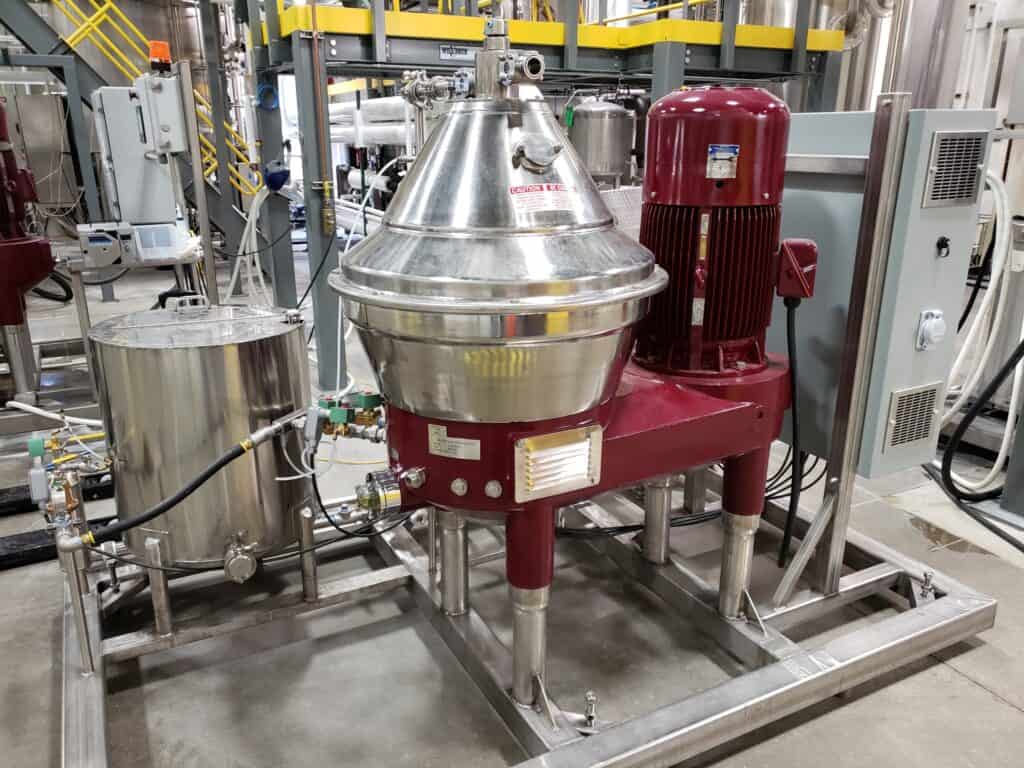
Good Things Always Happen in 3’s
Well, ok, that’s not exactly how the saying goes, but this modified version seems fitting. Recently, MDG received its third centrifuge to match its three fermentors already in operation. This R2D2 looking device might sound boring, but it’s an essential piece of our custom fermentation arsenal. So, why is having a third centrifuge so important? Simply put, improved production. The centrifuge spins the liquid from a fermentation batch at over 10,000 x g and separates the Bacillus spores from the spent fermentation medium. This process removes about 90% of the water before the freeze or spray drying step. With three fermentors running, totaling 25,000 liters in production capacity, our ability to turn these vessels is dependent on these centrifuges. It’s possible to harvest with one fermentor and with one centrifuge, but it makes for a pretty long day. If you use two centrifuges at once, harvesting is much more manageable. But if one goes down on you during a harvest, it can mess up a shift or a day quickly. Having the third centrifuge gives you multiple options and the same shift redundancy. Just last month, our crew was able to turn 22 fermentation batches with two centrifuges, so imagine how much we’re looking […]
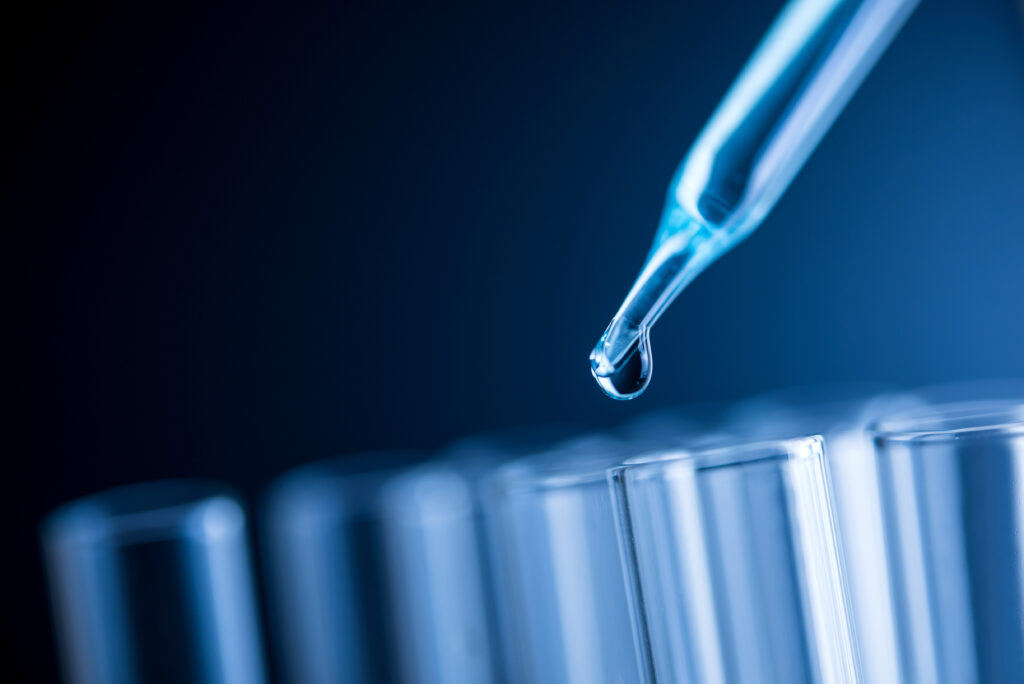
What is a Bio-Enzymatic Cleaner?
As cleaning continues to trend upwards, it’s important to understand all the terminology and options in the Industrial and Institutional industry. The term “bio-enzymatic cleaner” is one you’ll come across often, but depending on which customer is requesting it, they may be requiring something different than the next. Here at MDG, we describe bio-enzymatic cleaners as cleaners that use some form of biology to aid in the cleaning or removal of organic material. While many companies may have a similar definition, there is a lack of understanding around the different types of biology used as well as the differing benefits. Many bio-enzymatic cleaners contain either enzymes or bacterial culture which produce enzymes. Both biological ingredients can be used independently or in combination to break down soils, grease, food, or other materials. At MDG, we make biological concentrates for manufacturing companies who then formulate and label bio-enzymatic cleaning products. Each partner of ours is unique in application, business needs, and definitions of success. Depending on the customer, our recommended biological additives changes. The table below highlights some of the main differences between biological additive options: Ingredient Enzymes Bacillus Bacteria Enzyme + Bacillus Combination Definition Enzymes are non-living proteins produced by organisms […]

The Dangers of Hydrogen Sulfide Exposure
Wastewater and collection systems with anaerobic areas, FOG, or sludge build-up provide the perfect environment for hazardous Hydrogen sulfide (H2S) production. Because of this, it’s not uncommon for concentrations to climb above 1000 ppm! To understand the risks, check out the chart below to better understand the dangers associated at every level. ** Click to Enlarge What should you do if you’re dealing with H2S? Enter a safe, effective solution: bioaugmentation! Hydrogen sulfide (H2S) gas is a by-product of sulfur-reducing bacteria (SRB), using sulfur compounds in the absence of oxygen (anaerobic environments). By disrupting growth conditions for SRBs, Bacillus bacteria are able to reduce the production of H2S without the need for harsh chemicals. Connect with our team and we can get ahead of this dangerous and destructive problem together.